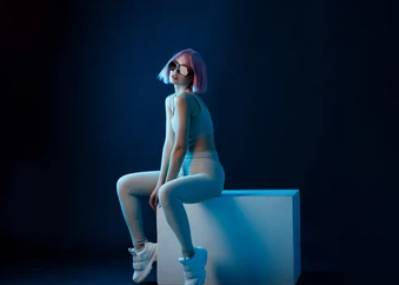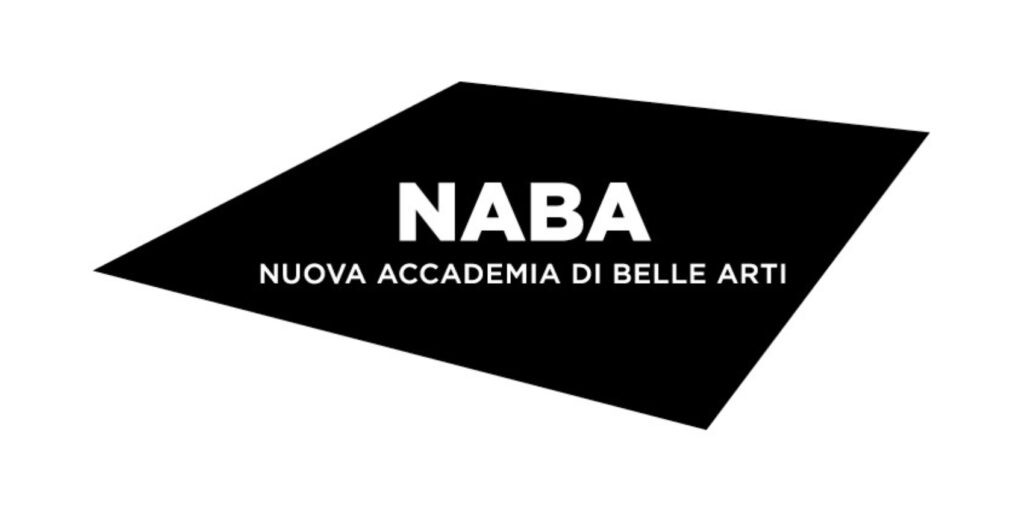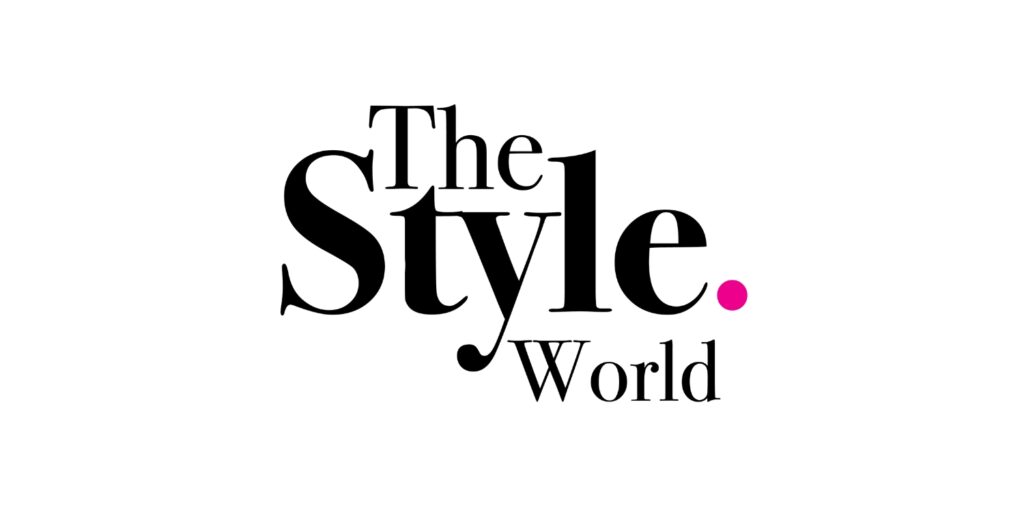AI-Generated Models: The Future Faces of Fashion

Introduction
It has made significant inroads into various industries thanks to artificial intelligence (AI). The fashion industry is witnessing such an impact. Artificial intelligence-generated models could change fashion in the future, with virtual, computer-generated figures gracing runways and ads. We’ll look at The Future Faces of Fashion with the emergence of AI-generated models, with some potential benefits, implications and examples.
The Rise of AI-Generated Models
The fashion industry is gaining traction with AI-generated models. A digital model is a computer-generated entity that can be customised according to an individual’s aesthetic, physique, or style preferences. Using AI algorithms, these virtual models reproduce human-like features, movements, and expressions with stunning realism. In order to promote their brands and showcase their collections, major fashion brands and designers have already adopted this technology.
Benefits of AI-Generated Models
- Endless Creativity and Versatility: Creative possibilities are endless with AI-generated models. It’s possible to design them to fit diverse body types, ethnicities, and unconventional features. The designers can experiment with avant-garde looks and push the limits of creativity without being constrained by physical models.
- Cost-Effectiveness and Sustainability: There is a lot of money involved in traditional fashion shows and campaigns, from model fees and travel costs to set designs and logistics. It’s cheaper and easier to use AI-generated models instead of physical models. Models can be digitally manipulated and reused infinitely, reducing waste and making the industry more sustainable.
- Brand Consistency and Control: Fashion brands can keep complete control over their brand image and presentation with AI-generated models.There’s no ageing, scandals, or demands for virtual models like there are for real models. In addition to enhancing brand identity and messaging, brands can ensure consistent representation across campaigns and events.
Implications and Considerations of AI-Generated Models
- Ethical Concerns: Artificial intelligence models raise ethical questions about body image, representation, and beauty standards.There’s been a lot of criticism about fashion promoting unrealistic and unhealthy ideals. As a result of AI-generated models, there is a potential that these issues can be exacerbated by creating unattainable standards of beauty, which are detrimental to individuals’ self-esteem and body image.
- Disruption in the Modeling Industry: There is a chance AI-generated models will disrupt the traditional modelling industry. If virtual models take over, human models may have fewer opportunities and fewer customers. It could have a big impact on models, agencies, and other industry professionals.
- Human Connection and Authenticity: Fashion’s more than clothes; it is about storytelling, emotion, and human connection. Although AI-generated models look realistic, they lack the real human touch, emotions, and experiences that human models bring. There’s a chance authenticity and relatability will be compromised, potentially affecting consumers’ connection to fashion brands.
Few examples of AI-Generated Models
In the fashion industry, AI-generated models have gotten a lot of attention. Here are a few examples:
- Shudu: One of the most well-known AI-generated models is Shudu, created by Cameron-James Wilson. She got a lot of attention for her strikingly realistic look. Besides collaborating with brands like Fenty Beauty, Shudu has appeared in a number of high-profile fashion campaigns.
- Lil Miquela: Miquela Sousa, aka Lil Miquela, is an AI-generated model and virtual influencer. With a big following on social media like Instagram, she was created by the company Brud. In addition to collaborating with numerous fashion brands, she has attended fashion events and released music herself.
- Imma: Imma, created by CG company ModelingCafe, is a virtual model based in Tokyo, Japan. She has a unique style and looks that have caught the attention of fashion brands and media outlets. Imma has been in fashion editorials, collaborated with brands, and even walked the virtual runway for London Fashion Week.
Ai-generated models demonstrate how technology can be used to capture fashion industry attention. In the realm of fashion representation, these AI models may not entirely replace human models, but they show AI’s versatility and creative potential.
Conclusion
AI-generated models represent a fascinating innovation in the fashion industry. Having unlimited creative potential, cost-effectiveness, and brand control, these virtual entities have a lot to offer. It’s also important to address ethical concerns about beauty standards and representation. Additionally, it is important to take into account the impact on human models and the potential loss of authenticity and human connection.
AI-generated models could coexist with human models in the future of fashion. Combining AI’s creativity and versatility with human models’ emotional depth and relatability could be a great combination. AI-generated models can help the fashion industry become more inclusive, sustainable, and visually appealing by embracing this new technology responsibly and ethically.
Read https://jdinstituteoffashiontechnology.com/requirements-of-modelling-in-india-height-age-and-measurement/ to understand the current modelling industry requirements.






